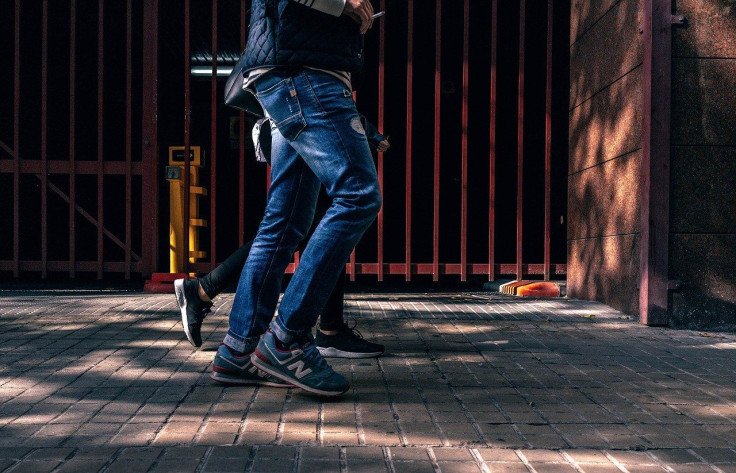Robotic Bins Highlight Human-Machine Interactions, Show New Yorkers Aren't All That Rude
KEY POINTS
- Researchers wanted to test people's interactions with autonomous objects
- They deployed robot trash cans on the streets of New York
- Most people were friendly toward the robots
Are New Yorkers really as rude as stereotypes paint them to be? Researchers deployed robots on the streets of New York City to test human-robot interactions and found they may actually be quite nice.
Being considered to be a rude group of people isn't really all that nice, but New Yorkers have had a bad rap when it comes to rudeness. In a 2019 survey, New York City was voted by 34.3% of respondents as the rudest city in America, followed distantly by Los Angeles with 19.7% of votes.
But how true is this view of New Yorkers, really?
A team of researchers deployed two trash barrel robots onto the streets of New York City. The idea was to see just how they will interact with "autonomous everyday objects in public spaces," they said.
The team deployed the robotic trash cans at a busy area in Greenwich Village last fall, reported TechXplore. Interestingly, they found the people were actually quite nice.
In a video the researchers shared of the robots' interactions, the people appeared welcoming. Some even helped the robots by offering trash, removing obstacles from their way, and even helping when they appear to be stuck.
Some also attributed human-like characteristics to the robots though they did not appear human-like at all and simply looked like a bin.
Others thought that the robots expected trash and that they "should give it something." One person asked "what does he want?" when a robot approached them. The person's companion responded, "The cup, bro!" They ended up giving it a straw.
And when two robots were in place, some people assumed they were aware of the other's existence, even perceiving a competition between the two.
There were some interactions that weren't quite nice, with the robots getting kicked or having to face rude gestures. Some also called them "creepy." But overall, the response to the robots was more welcoming than not.
"Our video shows that people in public generally welcome the robots, that the robots encourage social interaction among strangers, that people feel pressure to generate garbage for the robots, and that people's interactions assume the robots' awareness of each other," the researchers wrote.
They presented their results at the Conference on Human-Robot Interaction in Stockholm.
Not only did the experiment show New Yorkers' attitudes beyond stereotypes, but also gave a bit of hope because people opted to help even an object. It also sheds light on the potential interaction and coexistence between humans and robots. Germany, for instance, has been looking at utilizing robots to potentially help care for elders.
"By studying interactions with robots in public spaces, we can better understand the range of behaviors and norms that robots will need to manage autonomously in longer-term deployments," the researchers said, TechXplore reported.

© Copyright IBTimes 2024. All rights reserved.






















